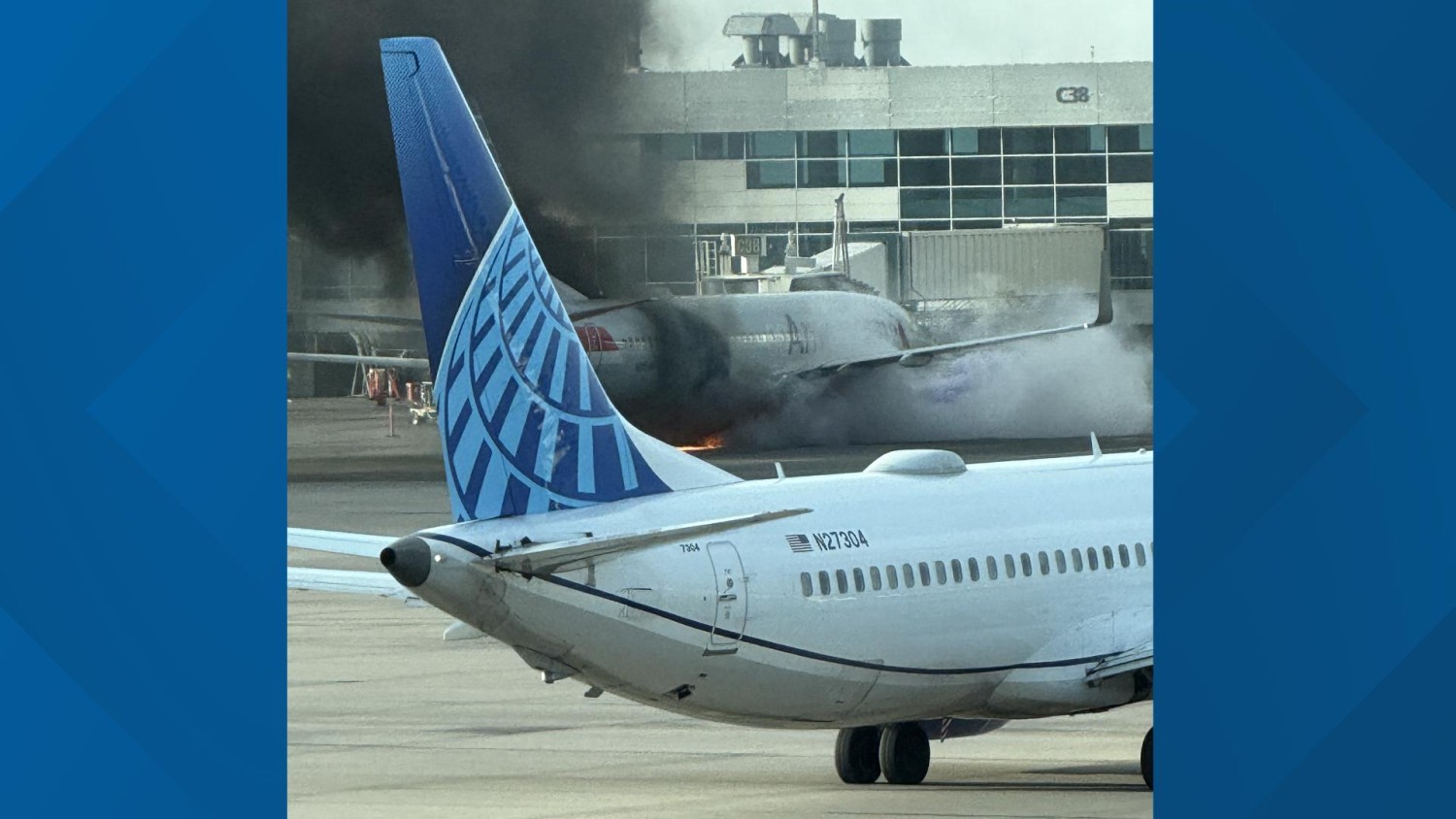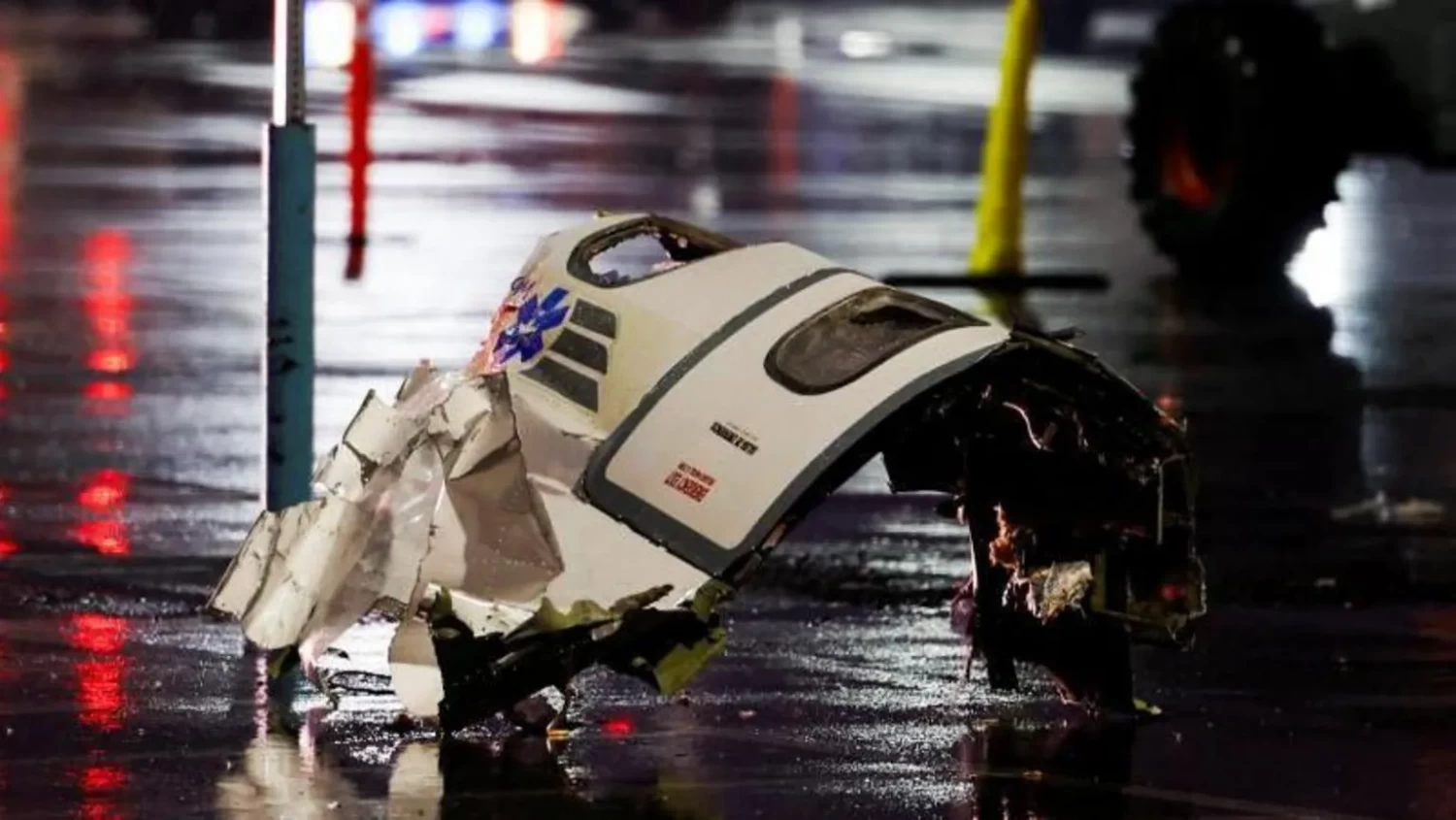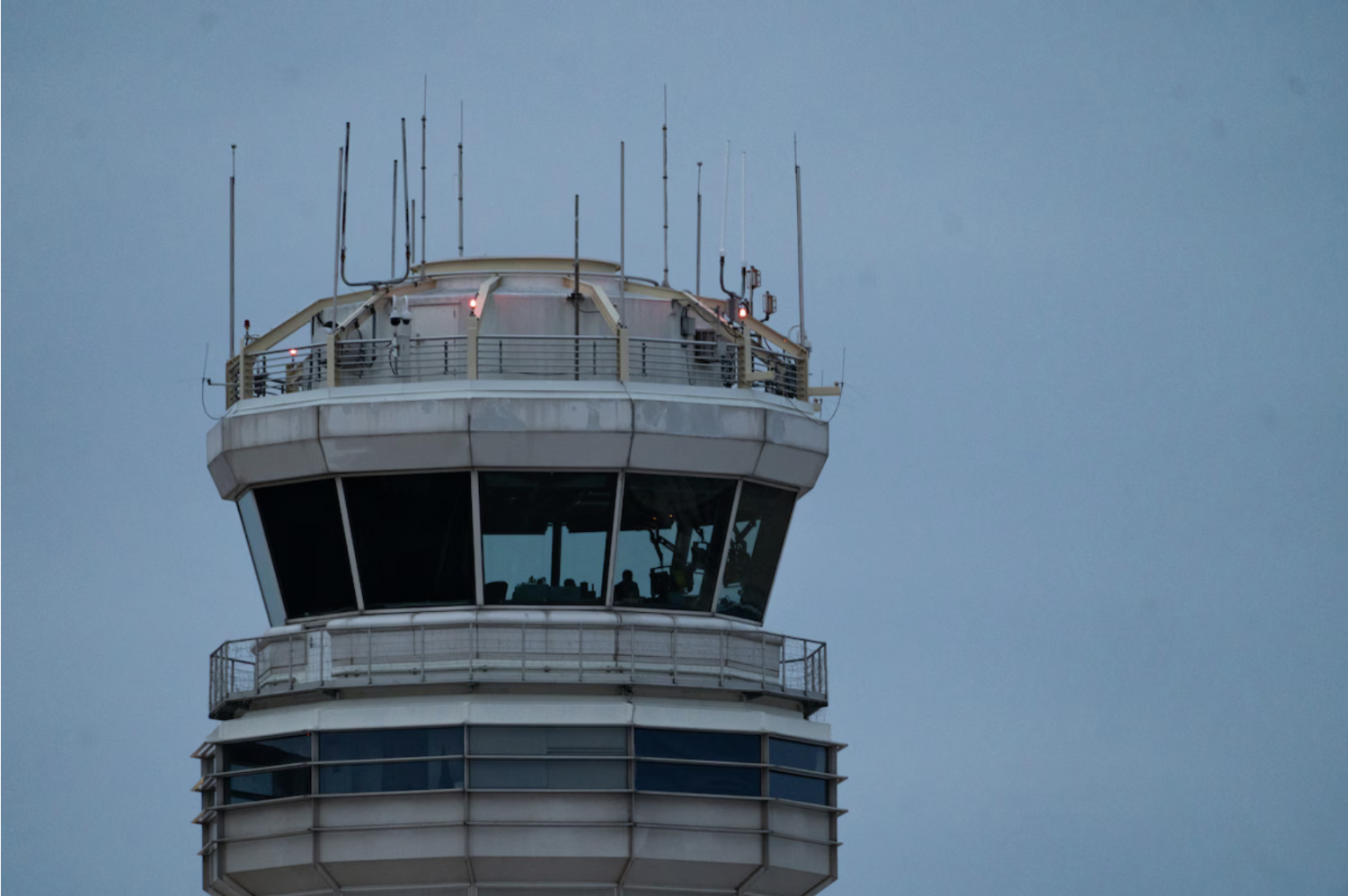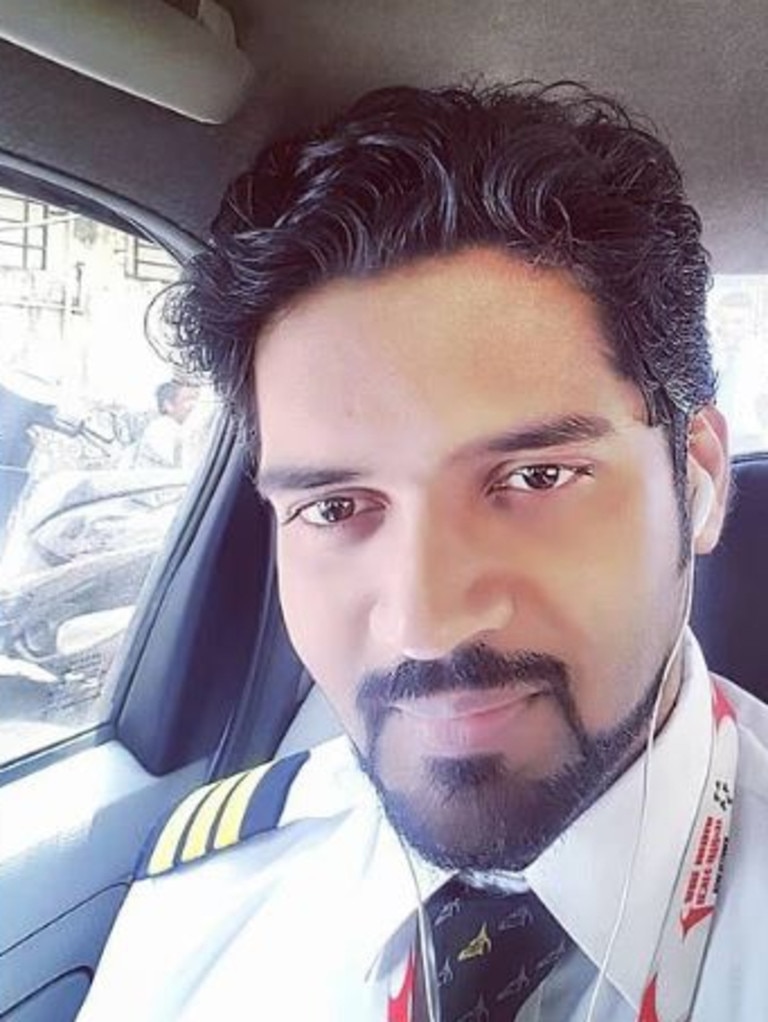
This article is more than
1 year oldBoeing CEO Dave Calhoun resigns following 737 Max safety fears
Following a string of safety failures the boss of the iconic Boeing Company has resigned.
On Monday morning, US time, the Washington DC based aerospace firm announced CEO Dave Calhoun would leave by the end of the year.
Boeing, alongside Europe’s Airbus, is one of the world’s two big civil aeroplane manufacturers. Its products include the 737, 747 jumbo jet, 767, 777 and 787 Dreamliner planes.
For years, the company has been accused of prioritising profits over passenger safety and having too few executives who have engineering experience.
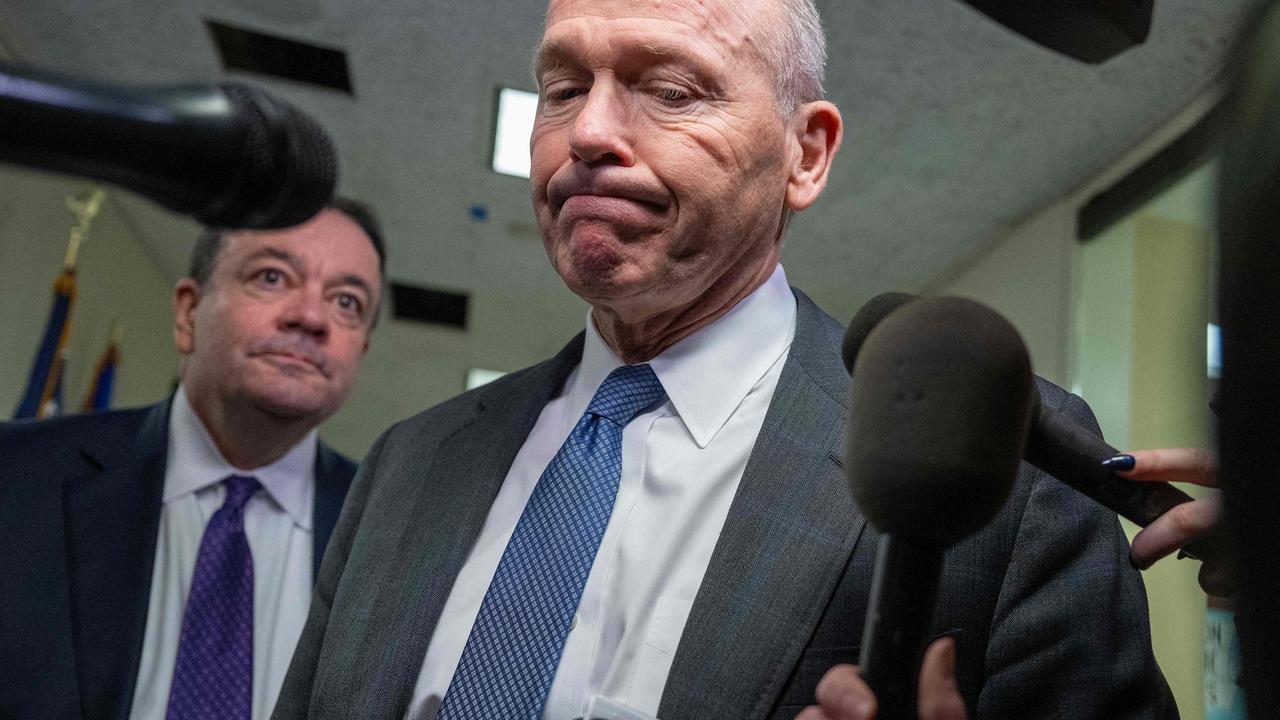
String of accidents
The resignation comes months a door fell off an Alaska Airlines Boeing 737 Max aeroplane mid flight, narrowly avoiding disaster.
But there have been a worrying list of errors since then.
In early March, a Latam Airlines 787 flying from Sydney to Auckland on its way to Chile plunged mid air injuring 50 people. It’s thought that accident was caused simply by a flight attendant inadvertently flicking a switch on the pilot’s chair.
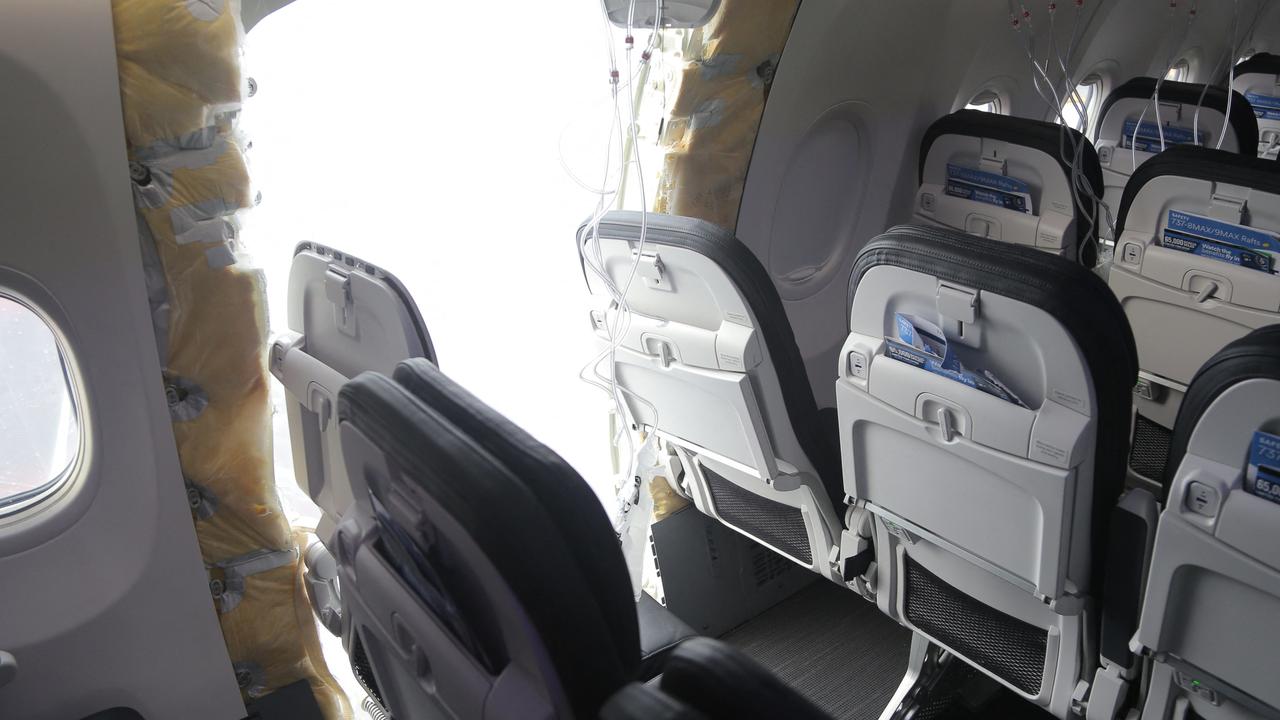
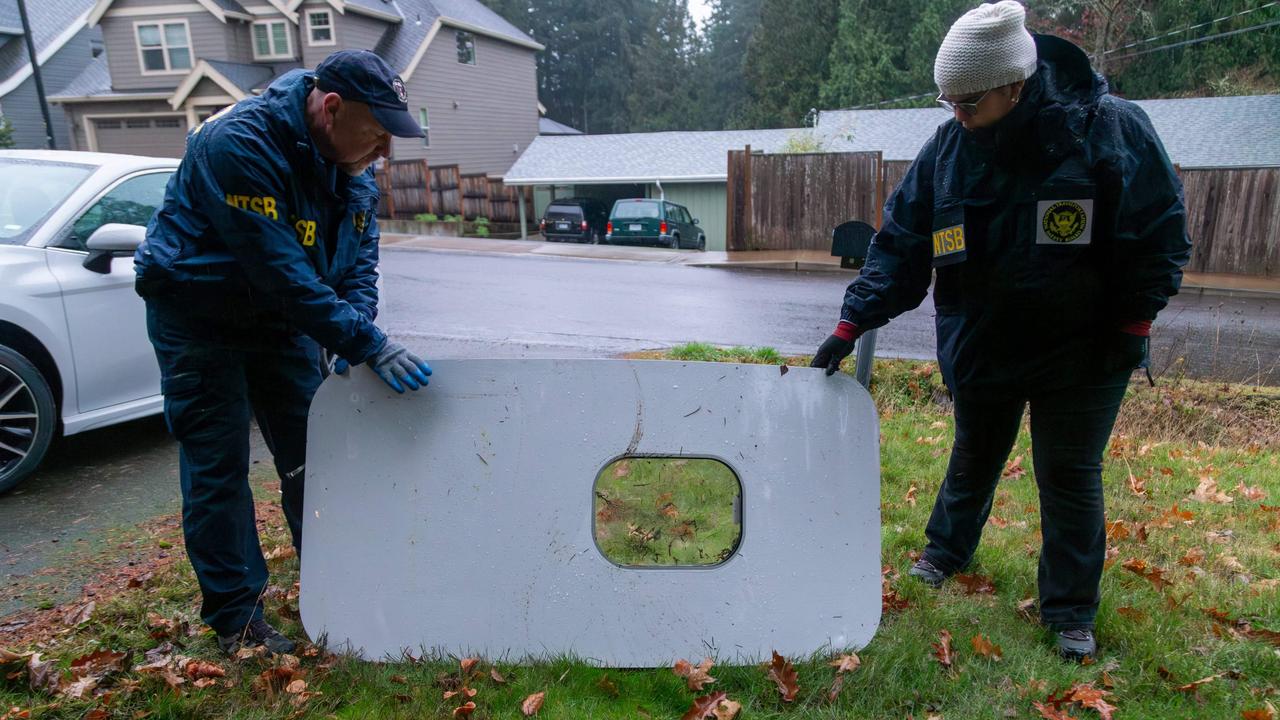
The same month, an external panel of a United Airlines plane broke off mid-flight with pictures posted to social media showing the exposed belly of the Boeing 737-800 aircraft.
The week prior, a United Airlines Boeing 737 Max went off the runway in Texas, rolling onto the grass, and a tyre fell off a United Airlines Boeing 777-200 bound for Japan shortly after takeoff from San Francisco. It smashed cars in the employee car park.
Adding to Boeing’s public relations crisis, this month also saw the death of a former Boeing worker who raised safety concerns about the company’s planes.
Former quality manager John Barnett, 62, had been giving evidence in a whistleblower lawsuit against the US aerospace giant before he was found dead on March 9 “from what appears to be a self-inflicted wound”.
Boeing has found itself harangued by regulators and criticised by airlines frustrated at its quality issues while passengers worry about if they should board the company’s planes.

Profits above safety accusations
The current accidents on board Boeing planes having stoked concerns about the company's culture.
Questions began to be raised in 2018 and 2019 when, in a matter of months, two brand new 737 Max planes crashed killing more than 340 people.
The cause was found to be new software that Boeing had installed on the Max – that pilots had not been trained on in simulator conditions. It would engage unexpectedly pushing the aircraft’s nose towards the ground. When pilots on the doomed plane tried to steady the aircraft the software would again put the Max in a dive.
It was discovered the software update was compensating for deficiencies in the plane’s design due to its age.
The 737 first flew in 1967. While the plane had been updated, its basic body design remained the same.
Mr Calhoun replaced Dennis Muilenburg, who was fired in 2020 in the wake of the crashes. But the Alaska Airlines incident, in January, when a door had not been bolted to the plane correctly, again raised safety fears. Miraculously the 737 landed safely and no one was seriously hurt.

Alongside Mr Calhoun, Boeing’s chair Larry Kellner has resigned while Stan Deal, who runs the passenger plane division which includes the 737 Max, will retire.
In a letter to staff, Mr Calhoun cited the Alaska incident as a “watershed moment” for Boeing.
“We must continue to respond to this accident with humility and complete transparency.
“The eyes of the world are on us, and I know that we will come through this moment a better company,” Mr Calhoun wrote.
“We will remain squarely focused on completing the work we have done together to return our company to stability after the extraordinary challenges of the past five years, with safety and quality at the forefront of everything that we do.”
Mr Calhoun will remain in his post until the end of the year.
Former CEO of software firm Qualcomm Steve Mollenkopf will become Boeing’s new chair. He said he was “committed to taking the right actions to strengthen safety and quality,” at Boeing.
Current chief operating officer Stephanie Pope will now head the passenger aircraft division.
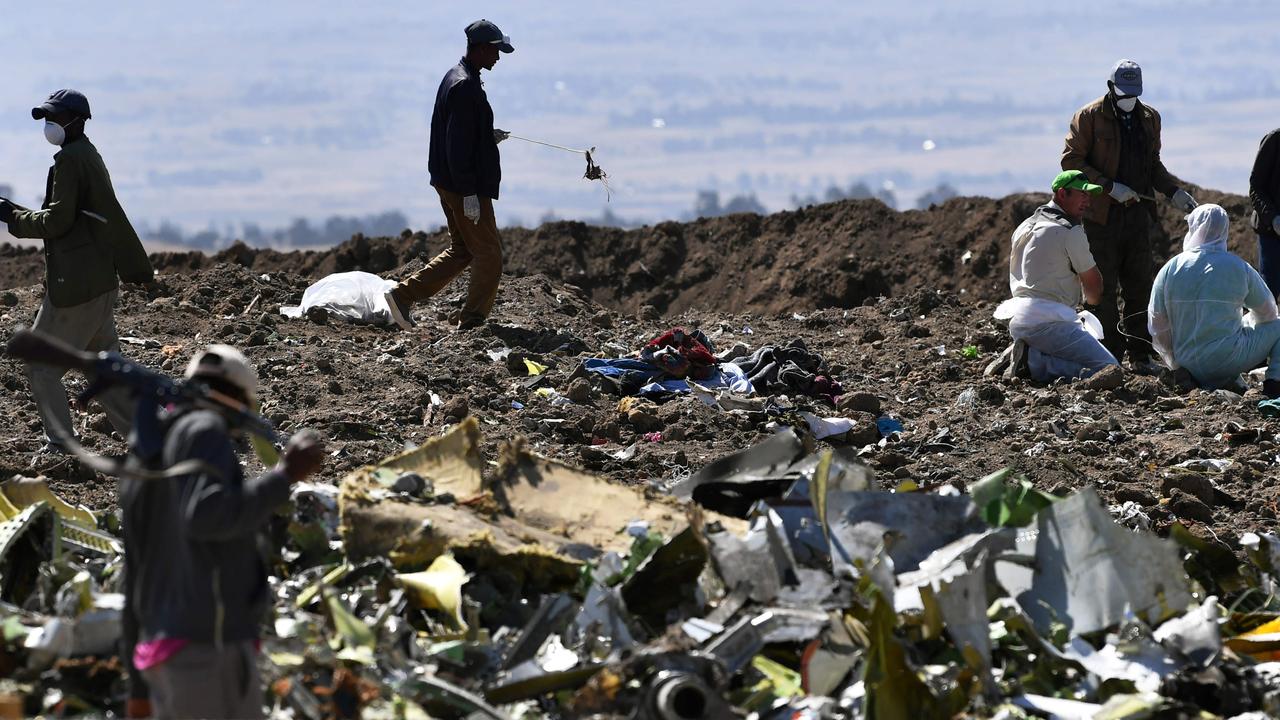
Qantas, Virgin Australia, Bonza and Rex all have Boeing planes in their fleets. Virgin and Bonza both use 737 Max aircraft which have been under the most scrutiny.
However, regulator the Civil Aviation Safety Authority has said the 737 Max type flown in Australia is safe. No Australian airline uses the Max type involved in the Alaska Airlines incident.
How big is the Boeing problem?
“The recent parade of events has certainly been dramatic — but not all of them can be blamed on Boeing,” Professor Doug Drury, who is head of aviation at Central Queensland University, wrote on academic website The Conversation.
He pointed to incidents that were related to factors outside the manufacturer’s control, “like maintenance issues, potential foreign object debris, and possible human error”.
He assured air travel was still extremely safe and the issues with Boeing planes are expected to be corrected.
“The financial impact has been significant — so even a profit-driven company will demand change,” Prof Drury wrote.
An analysis by CNN Business executive editor David Goldman said while Boeing entered the year “with an already bruised reputation”, the company’s “non-stop streak of bad news” began when part of the Alaska Airlines plane blew off. He said not only was it followed by congressional hearings, production and delivery delays, and multiple federal investigations, but also resulted in “a stock that has lost a quarter of its value this year, shaving more than $US40 billion ($A60.9 billion) off the company’s market valuation”.
– with Chantelle Francis.

